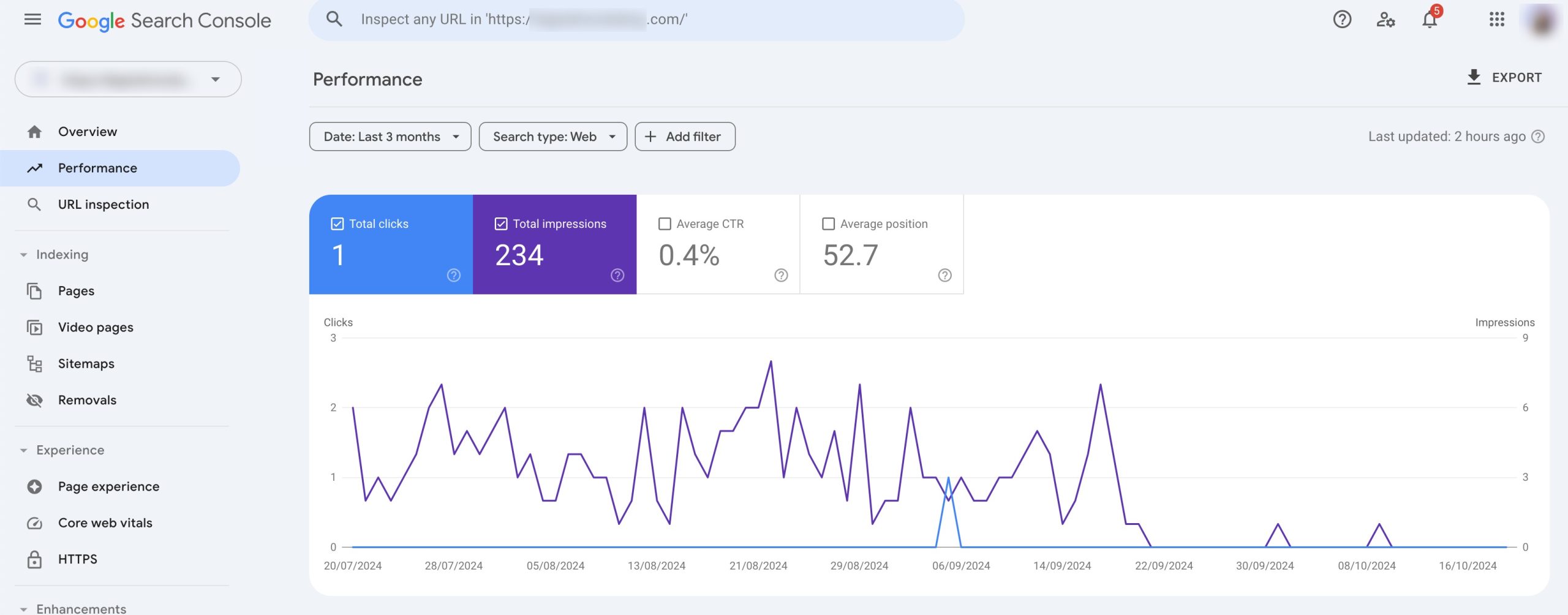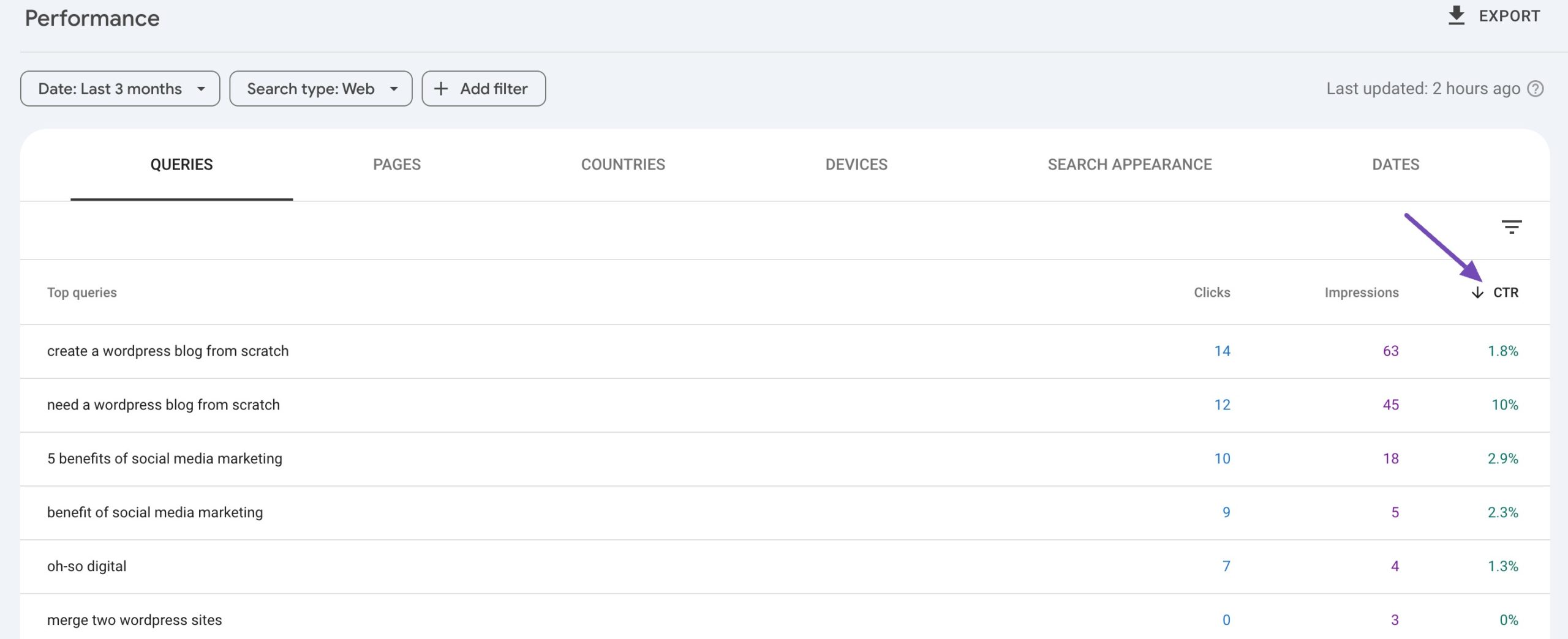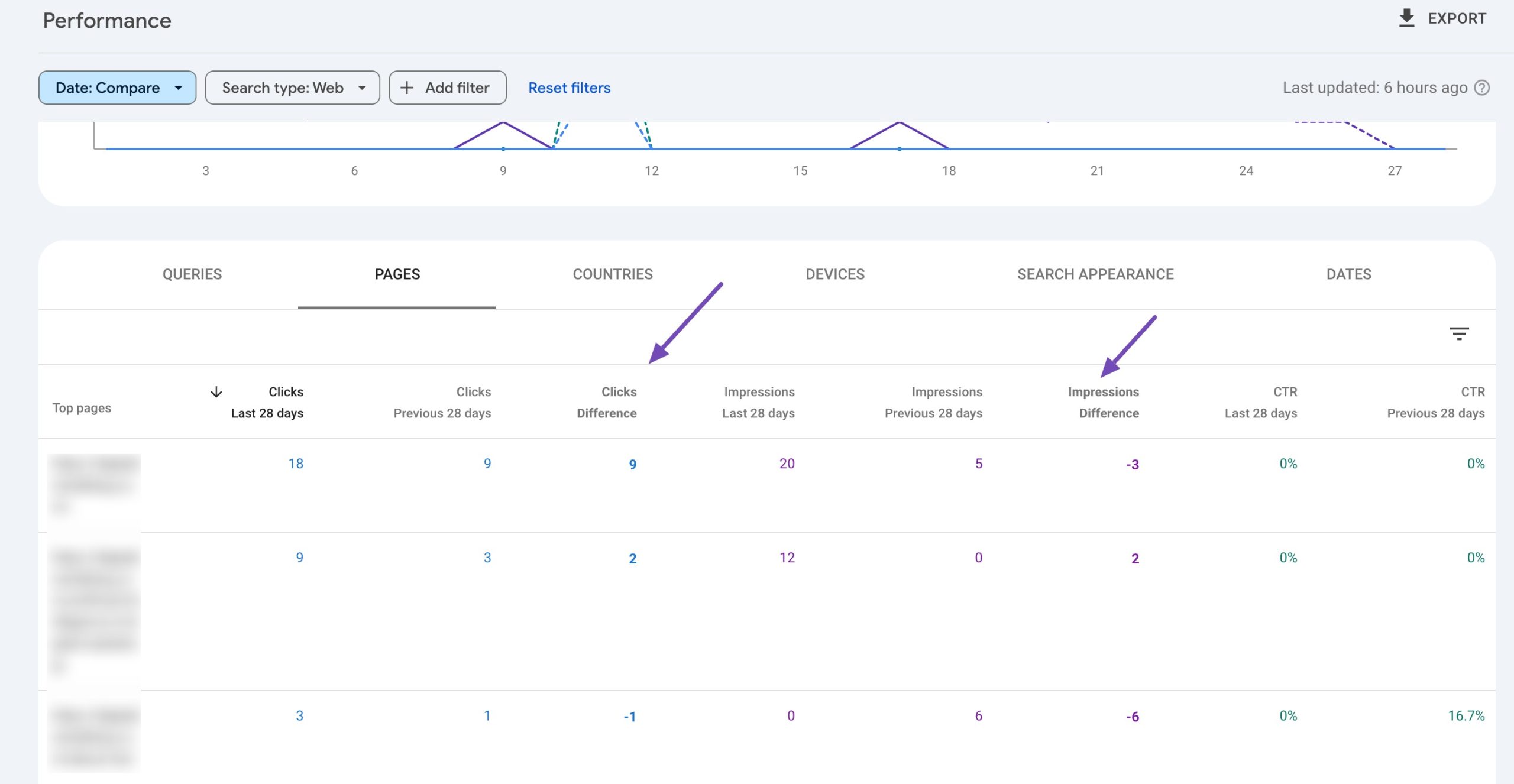Keyword research is a foundational element of any successful SEO strategy.
By identifying the right keywords, you can better understand what your audience is searching for, create content that aligns with their intent, and drive more targeted traffic to your site.
While many paid tools are available, you can choose Google Search Console for keyword research.
Google Search Console (GSC) is an invaluable, free resource that allows you to gain insights from Google’s own data.
In this post, we’ll discuss how to use Google Search Console for keyword research.
So, without any further ado, let’s get started.
1 Why Use Google Search Console for Keyword Research
Unlike third-party SEO tools, which rely on estimates and algorithms, Google Search Console offers real-time insights into how your website performs in search based on user interactions.
This makes it an essential resource for discovering new keyword opportunities and refining your SEO strategy.
One of GSC’s biggest advantages is its access to real data, including impressions, clicks, click-through rates (CTR), and average keyword position.

These metrics provide a detailed picture of how your content currently performs in search results, allowing you to identify keywords where you’re getting visibility but might not be fully optimized.
Additionally, Google Search Console reveals keywords your site already ranks for but may not be fully optimized. These hidden gems often rank just outside the top positions in search results, where slight improvements to content can lead to substantial gains in traffic.
This makes Google Search Console a great tool for uncovering underperforming keywords that might not even appear on third-party tools.
2 How to Find Keywords Using Google Search Console
Now that you’re aware of why you should select Google Search Console for keyword research, let us discuss how to find keywords using Google Search Console.
Before we begin, let us inform you that Rank Math makes it easier to compile and present all useful insights within your WordPress dashboard itself. You will need to connect your Google Account with Rank Math.
2.1 Finding Search Queries
To begin your keyword research in Google Search Console, one of the first steps is to navigate to the Performance report. This section provides a wealth of data about your site’s performance in Google’s search results.
Within the Performance report, you can filter by Queries to view the search terms driving traffic to your website. These are the keywords your site ranks for, giving you a direct look at how visitors find your content.

Once you’ve accessed the list of search queries, you can analyze keywords based on two important metrics: clicks and impressions.
Clicks show how often your visitors click on your site after seeing it in search results, while impressions represent how often your site appears for a given query.
By comparing these two metrics, you can understand the effectiveness of your keywords.
For instance, a keyword with high impressions but few clicks suggests that your site is being shown in search results but isn’t attracting enough user interest.

These high-impression, low-click keywords offer valuable optimization opportunities.
You can focus on improving the content, meta descriptions, or title tags to make your listing more appealing.
For instance, if your site frequently appears for the search query ‘on-page SEO and off-page SEO’ but isn’t receiving many clicks, you can update the title or description to make it more compelling. By optimizing these underperforming keywords, you can increase your click-through rate (CTR) and drive more traffic to your site.
2.2 Identify New Keyword Opportunities
Google Search Console is an excellent tool for uncovering new keyword opportunities, especially for long-tail keywords.
Long-tail keywords are specific search phrases that typically contain three or more words. Although they often have lower search volumes, they are less competitive and can drive more targeted traffic to your site.
You can easily discover these valuable keywords using the Performance data available in Google Search Console.

To identify long-tail keyword opportunities, start by sorting the queries in the Performance report based on impressions. This allows you to see which keywords your site appears for, even if they’re not generating many clicks.
Look for search terms with a moderate number of impressions but might not yet be heavily targeted in your content. These keywords often reflect niche queries that visitors are searching for but that competitors may not be optimizing for, making them less competitive.
For instance, if your site is ranking for a general keyword like SEO tools, you can find a long-tail variation, such as the best SEO tools for small businesses, with fewer impressions but much less competition.
Also, understand the intent behind the keywords in your Google Search Console performance data. If you notice most of the keywords driving traffic to your site have informational intent, consider creating more in-depth, educational content like guides, how-tos, or FAQs.
2.3 Find Easy-to-Rank Keywords
Google Search Console is an excellent tool for discovering valuable keyword opportunities because it shows you the keywords your pages have the potential to rank for.

In the Performance tab, you can find these insights by clicking the Average Click-Through Rate (CTR) column.
CTR represents the percentage of visitors who click on your link after seeing it in the search results. To make the most of this data, sort the queries by CTR and focus on those with a low rate.

Often, this will reveal keyword ideas that you can use to create new content, helping to improve your site’s overall performance.
2.4 Identify Underperforming Pages
To identify underperforming pages, you must compare your current performance to the previous year’s performance.
Google Search Console makes this easy with its comparison feature.
First, navigate to the Performance section in your Search Console, click on the date filter, and set it to Compare.
Select Last 28 days to previous period, then click Apply.

Next, filter by Pages to see which ones are underperforming compared to last year.
Sort the data by Click Difference and Impressions Difference. Focus on the pages with negative differences, as these will highlight your underperforming pages.

3 Conclusion
Google Search Console is a powerful, yet often underutilized, tool for keyword research.
You can find keywords using Google Search Console and adjust your content based on search intent, optimize pages close to ranking higher, and track keyword performance over time.
This free tool can significantly improve your site’s search engine visibility and boost overall traffic with consistent monitoring and strategic updates.
By using the power of Google Search Console for keyword research, you can stay ahead of your competitors and ensure that your content aligns with what your audience is searching for.
If you like this post, let us know by Tweeting @rankmathseo.
![How to Use Google Search Console for Keyword Research [4 Easy Ways]](https://myspacemyanmar.org/myspace.com.mm/wp-content/uploads/2024/10/How-to-Use-Google-Search-Console-for-Keyword-Research-4.png)
